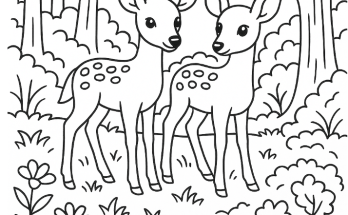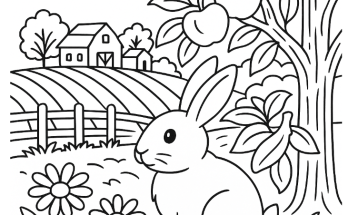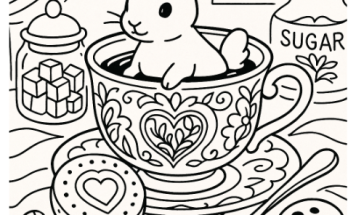Can You Spot All the Horses? The Optical Illusion That’s Trickin’ Your Brain
Have you ever looked at an image, thought you saw something, only to realize your brain was pulling a fast one on you? Optical illusions have a sneaky way of messing with our perception and making us question everything we think we see. One illusion that’s been getting a lot of buzz recently is a horse-themed puzzle that challenges you to figure out how many horses are actually in the picture.
At first glance, it might seem like there are only two horses. But the longer you look, the more you start to wonder if your eyes are deceiving you. Some people say they see three, while others swear there are four. So, what’s the real answer? Let’s break down this mind-bending illusion and see why our brains can be so easily fooled.
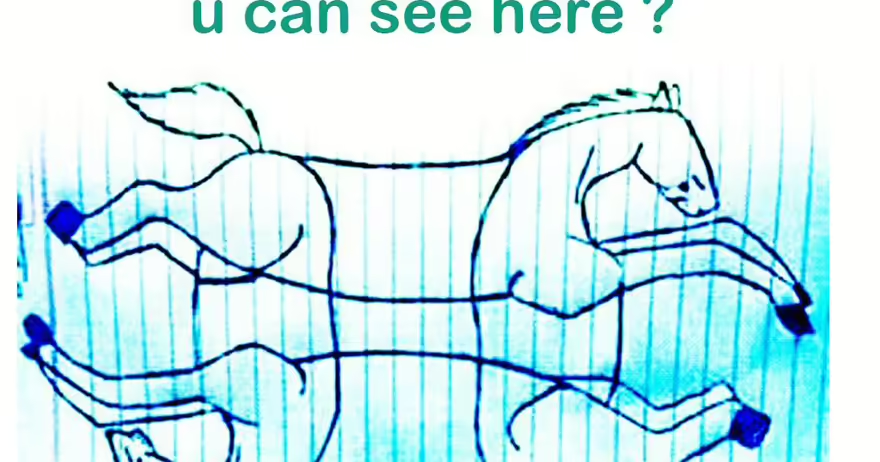
The Power of Optical Illusions
Optical illusions work their magic by messing with how our eyes and brains interpret visual information. They play with things like color, light, perspective, and depth, making things look distorted, duplicated, or even totally invisible. This horse illusion is a prime example of how overlapping shapes and clever positioning can trick our minds into seeing multiple interpretations of the same image.
When we look at a picture, our brains process it in the blink of an eye. But sometimes, what we think we see is far from reality. Our brains fill in the blanks based on what we already know or expect. That’s why two people can look at the same image and come up with completely different answers.
How Many Horses Do You See?
Take a second to study the image. Most people will initially spot two horses—one facing right-side up and the other upside down. But this illusion is designed to trick you into missing the full picture.
If you take a closer look, you’ll start to notice additional horses hidden within the design. The overlapping features—legs, bodies, and shapes—come together in a way that makes you see more horses than you thought were there. Believe it or not, there are actually four horses in total.
Why Do We Get It Wrong?
So, why does this illusion trip up so many people on the first go? It all comes down to how our brains process images. Here’s why this particular illusion is so tricky:
- Overlapping Elements – When things blend together, our brain tries to simplify the image by grouping similar shapes, which can hide details we miss.
- Upside-Down Confusion – Our brains aren’t used to seeing familiar objects (like horses) in weird angles—like upside down. This makes it harder to recognize them.
- Snap Judgments – Most of us quickly scan images and jump to conclusions, rather than carefully analyzing each detail.
- Negative Space Tricks – The empty spaces in the image can create subtle visual cues that confuse our brain into missing key details.
Step-by-Step Guide to Cracking the Illusion
If you’re struggling to see all the horses, here’s a simple guide to help you break down the illusion:
- Look at the Big Picture – Don’t focus on just one part. Take in the whole image.
- Start with the Obvious Horses – Look for the horses that stand out the most—usually the right-side-up and upside-down ones.
- Examine Overlapping Shapes – Pay attention to how the legs, bodies, and heads blend together, creating additional horses.
- Look for Distinct Features – Instead of trying to count full bodies, look for separate heads, legs, and tails.
- Take Your Time – Sometimes stepping away and coming back later can help you see what you missed at first glance.
Why We’re Fascinated by Optical Illusions
What makes illusions like this so fun is that they show us just how complex our perception really is. Our brains don’t always interpret reality perfectly—they take shortcuts to make sense of things quickly.
These visual puzzles force us to slow down, look carefully, and challenge our assumptions. They’re also a great way to keep our brains sharp, as they encourage creative thinking and problem-solving.
How Many Horses Did You Spot?
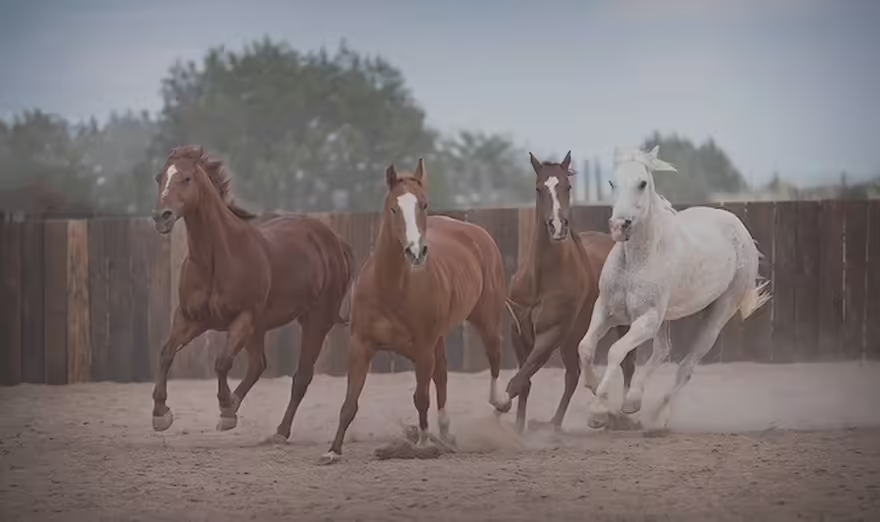
Now that you know the trick, how many horses did you spot the first time you looked? Were you able to spot all four right away, or did the illusion throw you off?
Optical illusions are an awesome way to challenge your brain and improve your perception skills. The more you practice, the better you’ll get at spotting hidden details and breaking down tricky illusions.
So, next time you come across a puzzling image, take your time, examine every angle, and remember—your eyes might not always see the full picture on the first try.
What do you think of the new version? Does it capture the fun, puzzling aspect of the illusion?
